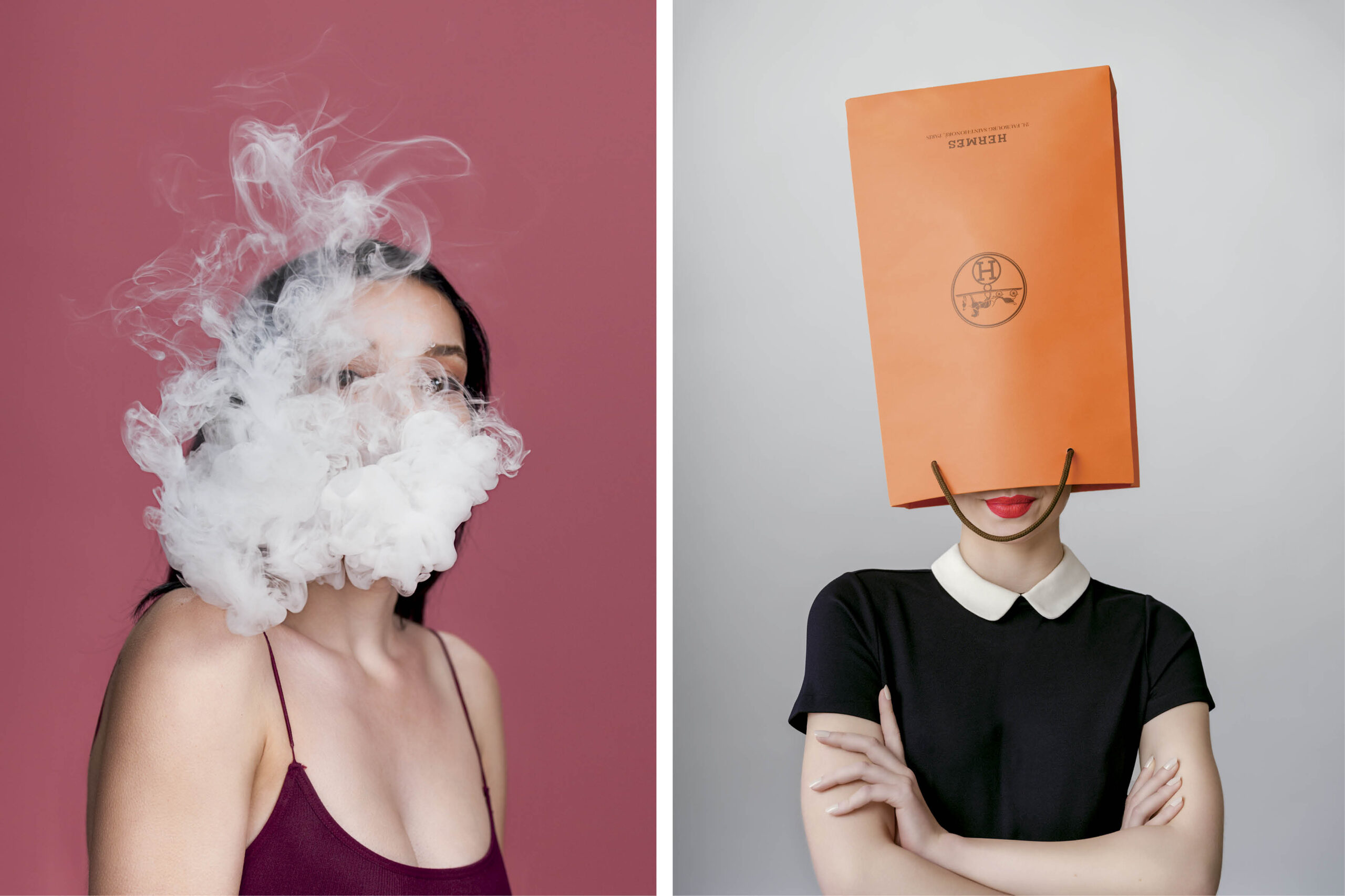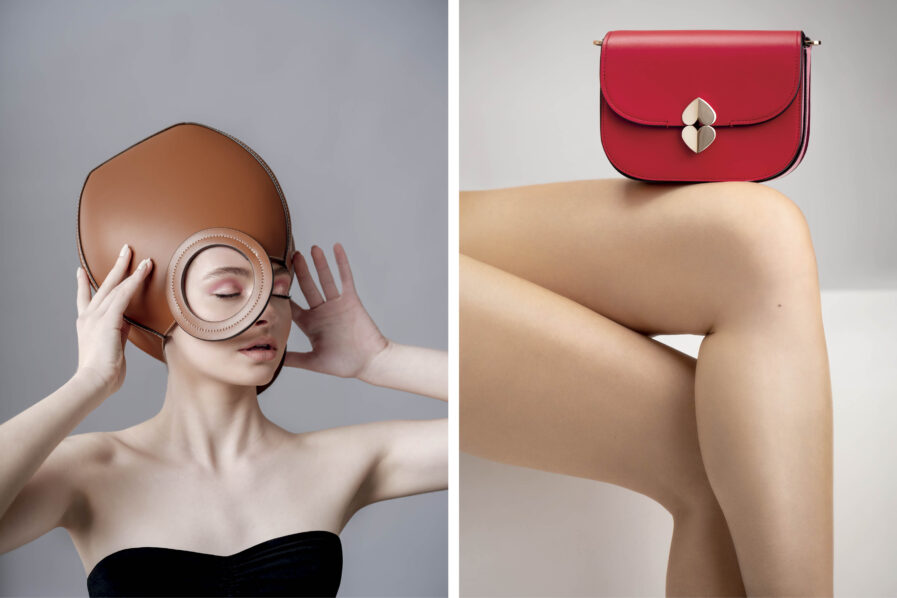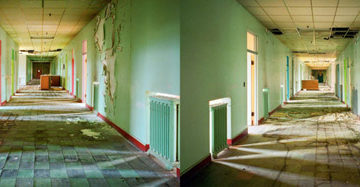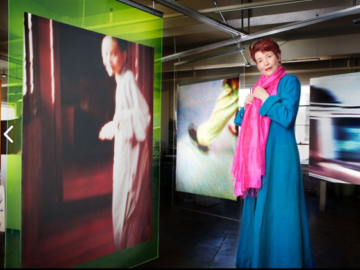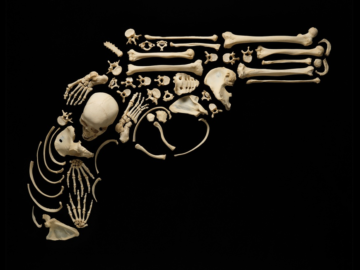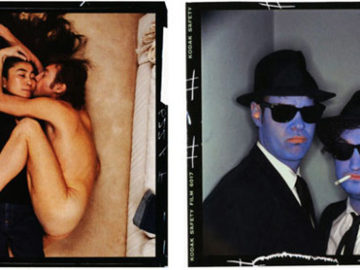A photographer and filmmaker, Michael Winokur thinks like an artist and works like a craftsman, tying distinctive ideas to skillful execution. Early on, as a photojournalist for national newspapers, he developed a documentarian’s eye, telling stories through direct, beautiful images. That remains a common thread and driving purpose in his career. Michael views his body of work—from beauty to conceptual imagery to narrative film—as forms of portraiture, all with the aim of expressing individual identity while capturing our common humanity. Join us as we uncover his journey in a segment of the Graphis Journal magazine Q&A below and be inspired by the artistic vision of this exceptional talent.
